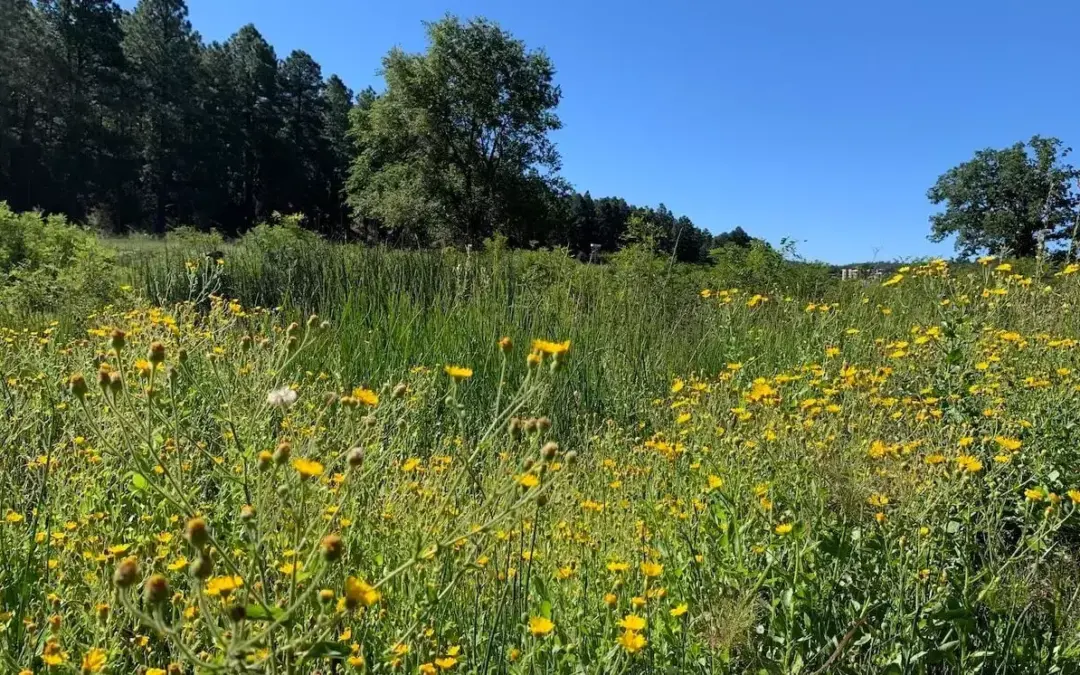Off-Grid Living in Arizona’s White Mountains: A Sustainable Paradise
Nestled in the heart of Arizona, the White Mountain region offers an idyllic setting for those looking to embrace an off-grid lifestyle. With its mild year-round weather, especially at lower elevations near Snowflake, this area is a sanctuary for sustainable living, renewable energy, agriculture, and more. This blog explores the allure of off-grid living in this remarkable region, highlighting its weather, solar potential, flat terrain, and exceptional groundwater resources.
Mild Year-Round Weather
One of the most appealing aspects of the White Mountain region, particularly near Snowflake, is its mild climate throughout the year. The lower elevations enjoy temperate weather, making it an ideal location for year-round living without the extreme temperatures found in other parts of Arizona. This climate is not only comfortable but also conducive to a variety of outdoor activities and sustainable practices.
Abundance of Great Solar Days
Arizona is renowned for its sunny days, and the White Mountain region is no exception. The area boasts an abundance of great solar days, offering ample opportunity for harnessing renewable energy. For off-grid residents, this means the potential for solar power is vast, providing a sustainable and cost-effective way to generate electricity for your home and activities.
Flat Terrain: Perfect for Agriculture
The White Mountain region is blessed with flat terrain, making it an excellent choice for raising animals and gardening. This landscape allows for easier construction of off-grid homesteads, installation of solar panels, and the development of large gardens and pastures. Whether you’re looking to become self-sufficient or simply enjoy the rural lifestyle, the area’s geography supports a wide range of agricultural pursuits.
Arizona’s Best Groundwater Resources
Water is a critical component of off-grid living, and the White Mountain region is among Arizona’s best groundwater resources. This abundant supply ensures that residents have access to clean water for drinking, irrigation, and livestock. It’s a priceless asset for sustainable living, ensuring that those who choose to live off the grid have the essential resources to thrive.
Conclusion
Off-grid living in Arizona’s White Mountain region is a dream come true for those seeking a sustainable and peaceful lifestyle. With its mild weather, ample solar energy, flat terrain, and rich groundwater resources, it offers a unique blend of natural advantages that make off-grid living not only feasible but immensely rewarding.
This guide to off-grid living in the White Mountains of Arizona highlights the region’s suitability for a sustainable, eco-friendly lifestyle. With the right preparation and respect for the environment, off-grid living can be a fulfilling and responsible way to enjoy the natural beauty and resources Arizona has to offer.
 TrailBoss the raccoon cowboy here, ready to guide y’all through another amazing adventure, smack dab in the heart of the White Mountain, Arizona region.
TrailBoss the raccoon cowboy here, ready to guide y’all through another amazing adventure, smack dab in the heart of the White Mountain, Arizona region.
